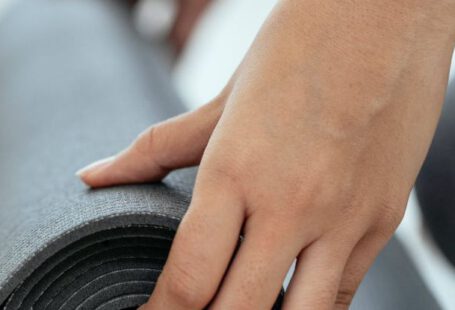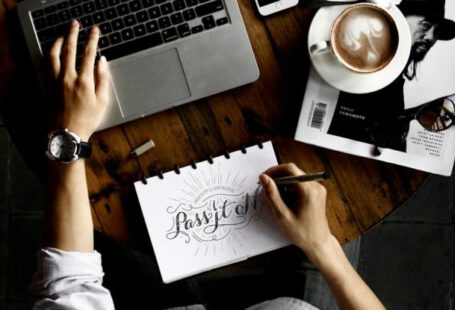Luxury designer goods are highly sought after around the world for their exquisite craftsmanship, superior quality, and iconic designs. However, the market for designer goods is rife with counterfeit products, making it crucial for buyers to be able to authenticate their purchases. Whether you are a seasoned collector or a novice enthusiast, knowing how to spot a fake designer item can save you from falling victim to scams. In this article, we will delve into the essential tips on how to authenticate designer goods effectively.
Understanding the Brand
The first step in authenticating designer goods is to have a thorough understanding of the brand you are purchasing. Each luxury brand has its unique characteristics, from logo placement to stitching techniques, that set them apart. Familiarize yourself with the brand’s history, signature elements, and common features found in their products. This knowledge will serve as your foundation in determining the authenticity of designer items.
Inspecting the Quality
One of the telltale signs of a fake designer product is its quality. Authentic luxury goods are crafted with precision and attention to detail, using the finest materials available. When examining a designer item, pay close attention to the stitching, hardware, and overall construction. Look for any loose threads, uneven stitching, or cheap-looking hardware, as these are common red flags indicating a counterfeit product.
Checking the Logo
The logo of a designer brand is often the most counterfeited element in fake products. Take a closer look at the logo on the item and compare it to the brand’s official logo. Check for any discrepancies in font, spacing, size, or alignment. Authentic logos are typically crisp, clear, and symmetrical, while fake logos may appear smudged, blurry, or poorly executed. Remember that luxury brands take great pride in their logos, so any imperfections could signal a fake.
Examining the Materials
Luxury designer goods are known for their high-quality materials, whether it be leather, fabric, or metal. When authenticating a designer item, feel the material and assess its texture, weight, and flexibility. Genuine leather should feel soft, supple, and luxurious, while fake leather may feel stiff, plastic-like, or overly shiny. Additionally, pay attention to the smell of the material, as authentic leather has a distinct, rich scent that cannot be replicated by synthetic materials.
Seeking Professional Authentication
If you are unsure about the authenticity of a designer item, consider seeking professional authentication services. Many reputable companies and experts specialize in authenticating luxury goods and can provide you with a detailed analysis of the item in question. While these services may come at a cost, the peace of mind knowing that your purchase is genuine is invaluable.
Educating Yourself
The best way to become proficient in authenticating designer goods is through education and experience. Take the time to research different brands, study authentic vs. fake comparisons, and familiarize yourself with the latest trends in counterfeit products. By staying informed and continuously honing your skills, you will become more adept at spotting fake designer items and making informed purchasing decisions.
In conclusion,
Authenticating designer goods is a skill that can be acquired through knowledge, observation, and practice. By understanding the brand, inspecting the quality, checking the logo, examining the materials, seeking professional authentication when needed, and educating yourself continuously, you can confidently navigate the world of luxury designer goods and avoid falling victim to counterfeit scams. Remember, authenticity is the hallmark of true luxury, and being able to distinguish between real and fake designer products is essential for every discerning shopper.





